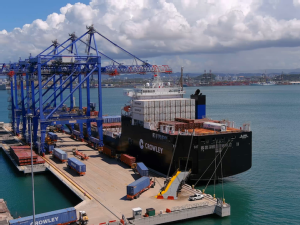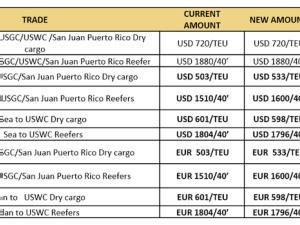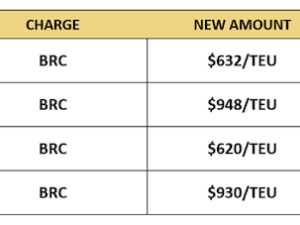Oil tanker owners are snapping up vessels that can haul cargoes in icy seas, a development that could help Moscow overcome the threat of a shipping bottleneck this winter.
About $1 billion was spent on secondhand ice-class tankers during May-August, about five times the amount invested a year earlier, according to E.A. Gibson Shipbrokers Ltd. in London.
European Union sanctions are about to make Russia’s oil and fuel exports harder because the bloc, which is still a major buyer, will no longer be able to import most seaborne cargoes. The carriers may instead have to sail to destinations much further from the Baltic Sea -- home to some of Russia’s top terminals -- thereby stretching the ice-class fleet.
“Companies which intend to facilitate Russian exports this winter will need ice class ships,” said Richard Matthews, head of research at the shipbroker.
There were 42 second-hand ice class tanker sales during May-August, up from 12 in the same period a year earlier, Matthews said. Their combined transportation capacity was about 4 million deadweight tons, skewed mostly to crude oil.
The buyers are a mix of Chinese, Turkish and United Arab Emirates firms, Matthews said.
Some companies who already own ice-class carriers may be looking to sell if they don’t want to call at Russian ports this winter.








_-_28de80_-_58820516bd428ab3fd376933932d068c43db9a4a_lqip.jpg)


